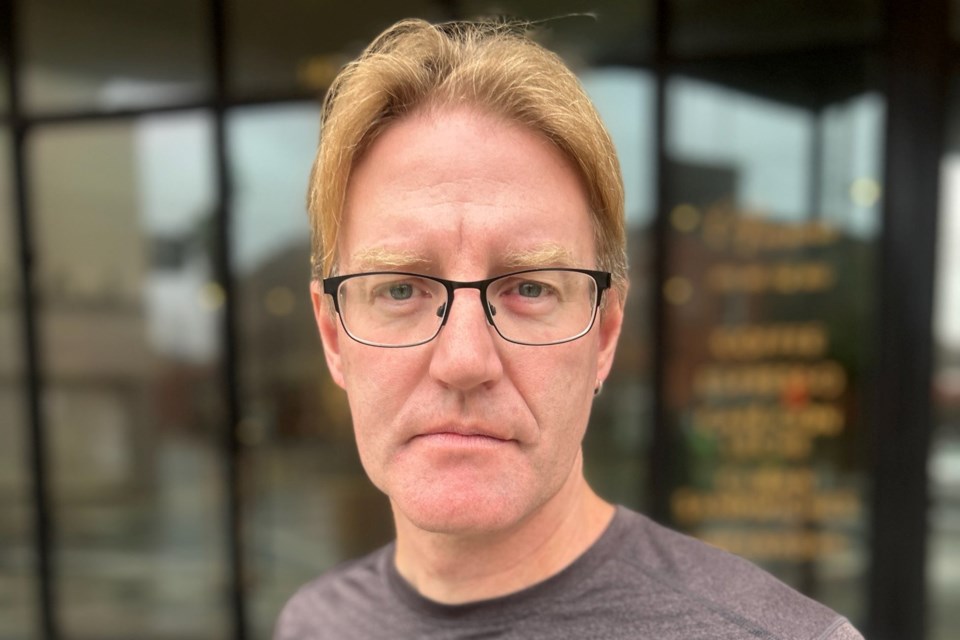Mark Robinson had just returned home to Guelph from covering Hurricane Helene in Florida when he had to turn around and go back for Hurricane Milton.
The Guelph storm chaser landed in Tampa yesterday. The eye of the hurricane is expected to make landfall tonight.
“We literally got home from that and turned around and came back here,” he said.
Robinson works as a meteorologist and storm hunter for The Weather Network. He’ll be live streaming for them throughout the storm.
“Right now it’s almost like a calm, slightly rainy day,” he said.
That’s typical for hurricanes.
“If you’re in the outer bands, you’ll get a ton of rain, and then it goes very quiet, and then you get a ton of rain again. So that’s literally what’s happening right now.”
But that can – and will – change fast.
Even during a brief conversation, he said a second band came in, and the palm trees were starting to sway, the leaves crackling.
This is a beautiful old part of Tampa - Ybor Coty and I fear for it as #Milton heads right for us. @weathernetwork pic.twitter.com/C1BH4nS7et
— Mark Robinson (@StormhunterTWN) October 9, 2024
Tampa has a population of over 398,000. But right now, he said it’s “mostly a ghost town” with police cars driving around.
Most people have evacuated from the low-lying areas, though he said people who are “economically disadvantaged have real trouble getting out.”
“I’ve seen a lot of people there that are just trying to hide in place, hide in their homes,” he said.
The first “big danger” will likely be thunderstorms that could potentially produce tornadoes. Hurricane Milton started at a Category five but now sits at the high end of a four, and will only continue to weaken.
“As storms begin to make contact with the land, they start to lose their heat source. So we’re likely seeing a weakening trend right now, but because it’s starting from such a high end, that’s a big problem,” he said. “If it was starting from a category two and weakening, that’s one thing, but if you're starting from a category five and weakening, that’s something entirely different.”
“The potential for disaster here is extremely high,” he said.
That, while residents are dealing with the aftermath of Helene, which went past Tampa, but pushed six feet of storm surge into places like David Island.
“We were there yesterday driving around, there’s just big piles of debris everywhere,” he said. “People had started the cleanup process and literally had to stop and evacuate, so all that stuff is on the ground, just waiting to be picked up by the surge or the wind and flung around. It’s one more thing added to the potential danger of the storm.”
What will happen next is “balanced on a knife edge,” he said.
“If the eye goes a little bit south of the Bay, you’re going to get offshore flow into Tampa Bay, which will reduce the storm surge. If it goes right into the bay, you’re going to see a catastrophic event happening in Tampa.
“It’s making people extremely worried, because this is not something that’s ever happened before. It’s been hundreds of years since we’ve had a hurricane track into Tampa Bay. It’s very unusual for them to come in this direction, and very unusual for them to be a category four.”
As things progress, Robinson said he and his team will hunker down in a parking garage to stay above the storm surge and out of the way of flying debris, while documenting the storm for Canadian viewers as best they can.
And there it is. The eye of #Milton is very compact and now visible to US radar. The big question is where is it going to make landfall? pic.twitter.com/0cVhht4DVx
— Mark Robinson (@StormhunterTWN) October 9, 2024
